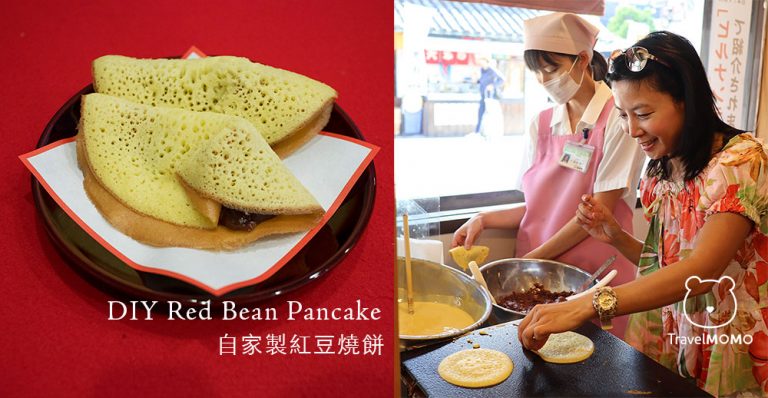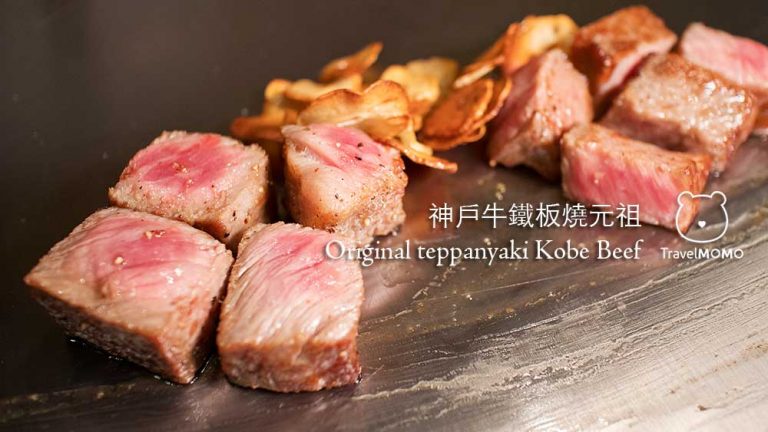Sanuki udon is a popular type of udon originally from Kagawa prefecture in Shikoku Japan. Sanuki is an old name of Kagawa Prefecture. The udon is characterized by its thick, square shape and more tender texture. There are several ways of eating udon. The basic is to choose the temperature: cold or hot in soup. Then there are a lot of choices of toppings and side dishes: eggs, ginger, spring union, dipping sauce, beef, tempura, etc. There are around 700 udon shops in Kagawa prefecture. Many are family run small shops that only open for a few hours a day until lunch time and/or close on certain days. So if you want to have udon in Kagawa, lunch hour is probably the best. Besides, not all restaurants are served at the table. Many restaurants are self-served which means that you have to go pick your own toppings, side dish, then order udon at the cooking counter. Of course, you would have to clean up (turn tray) as well. In addition to buying and tasting, you may also try to make…
Locating at the southern tip of Okayama prefecture, Chukoku Japan, Kojima is the last stop along the JR line before you cross the famous Seto Inland Sea and go to Shikoku Japan. In addition to the popular jeans street, Betty Smith Jeans Museum, you may also get a great view of Seto Inland Sea from Mount Washuzan. Seto Inland Sea (Setouchi) is the water separating Honshū, Shikoku, and Kyūshū, three of the four main islands of Japan. It is the largest inland sea in Japan, surrounded by Hyogo, Okayama, Hiroshima, Yamaguchi, Tokushima, Kagawa, and Ehime prefectures. There are about 700 large and small islands in Setouchi. The Setouchi region is known for its moderate climate, relatively warm and sunny compared to the rest of Japan. The coastal area of the Seto Inland Sea was appointed the Setonaikai National Park (瀬戸内海国立公園) in 1934, one of the oldest National Park in Japan. In 1980s, 3 bridges were constructed to connect Shikoku with Honshu, making it easy to travel around Setouchi Area. Besides, the Setouchi Triennale Art Festival has boosted even more international…
If you were jeans fans visiting Kojima, don’t miss the jeans museum where you can learn about some history of jeans, the evolution and process of jeans manufacturing, buy or customize your own jeans, or even DIY a pair of jeans or make an accessory strap yourself.
Locating at the southern tip of Okayama prefecture right by Seto Inland Sea, Kojima is a the last stop of JR train south before you connect to Shikoku from Okayama. As a seaside land, the soil was too salty to grow rice. Hence all farmers started to grow cotton. During the Edo Period a few hundred years ago, Kojima flourished to become a textile town producing Sanada-himo (the cotton strap of swords), then Tabi (the traditional split toes socks in Japan), and later uniforms for students from all over Japan until synthetic fibre became popular in 20th centuries. Inspired by the casual jeans look of the America, one of the textile company (now Big John) produced the first Japanese jeans in Kojima in 1965. It was a big hit in Japan. Soon after, more jeans factories joined the production of jeans. Kojima becomes the jeans town in Japan and famous for producing high quality denim products.
Just 15 minutes walk from JR Kurashiki Station, Kurashiki Bikan Historical Quarter is a really nice preserved area featuring white walled houses, a small canal that runs through the center of town, and plenty of small alleys, galleries, museums and shops. The easy access and beautiful townscape make it a desirable place to visit in Okayama Japan. The Kurashiki Historical Quarter (District) was a river port where warehouses were built to store goods. “Kura” means storage in Japanese. The white walled houses with black tiles were classic warehouses in the Edo Period. Then factories were built, Western styled buildings were constructed. Yet no cables and posts were in sight in the area to preserve the pleasant look and feel of an Edo town.
Lined with many unique shops, cafes, art galleries and museums in both white walled houses and early western buildigns, Kurashiki Bikan Historical Quarater in Okayama Japan is one of the best places showcasing traditional culture. Tasting local food is a favorite things for tourists. In the old town, you may also experience how to make the red bean crepe with your own hand.
Kurashiki is one of the popular cities in Japan’s Seto Inland Sea, featuring a tranquil historical town lined with white-walled Japanese traditional residence, a beautiful Kurashiki Canal, and many unique shops, galleries, cafes and restaurants operating in the centuries old buildings. Locating in the middle of the Kurashiki Bikan Historical Quarter, Kurashiki Yoimachi Garden is a unique venue for delicious food, small parties and events in a nice environment.
Kitano Meister Garden was first built as Kobe city primary school in the foreign residence’s area in 1908. An extension of the Eastern Block was built in 1931, featuring 3 storeys and arched corridors. There were 1,400 students at its peak, dropped to 1,142 after the wars, and continued to decline as the population decreases. This did not just happen to this particular school. It was a general phenomenon. Over the past decades, many schools were closed and merged. In 1995, the 6.9 on moment magnitude scale Great Hanshin earthquake (or Kobe earthquake) has badly damaged the Northern Block of the school but the Eastern Block miraculously survived the earthquake with only minor damage. It is considered a lucky building but the school was eventually closed down in 1996. In 1998, the venue was opened again as Kitano Meister Garden, turning the classrooms into workshops and shops where people can enjoy learning in this unique building. Today, it becomes a popular tourist spot, attracting more than 1,000,000 visitors every year.
Opened since 1992 as a cultural hub connecting the city and the sea, Kobe Harbourland features a wide array of commercial, shopping and entertainment facilities. Kobe Mosaic Mall is part of Umie, a large shopping complex which consists of 3 blocks of shopping arcades: South mall, North mall and Mosaic mall. Locating right by the waterfront, Mosaic Mall offers the best harbour view of Kobe from both the wooden open deck and ferris wheel, popular shops and dining options. Here are some of the highlights.
Kobe Beef is probably the most well known Japanese beef around the world. So if you have a chance to visit Kansai region, make sure you stop by Kobe and try the original teppanyaki beef. Established since 1945, Steak Misono was the first teppanyaki steak restaurant to introduce bite size steak cooked on iron plate that suits the taste of Japanese who use chopsticks and eat rice. Teppanyaki steak has become popular domestically and now well known internationally. Over 70 years, Steak Misonon has 5 restaurants in Tokyo, Osaka, Kyoto and Kobe. The restaurant was the first and remains one of the best for teppanyaki Kobe beef today.










